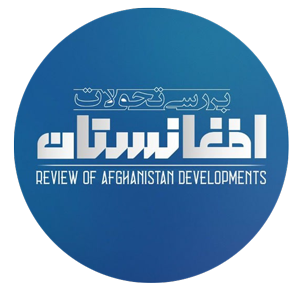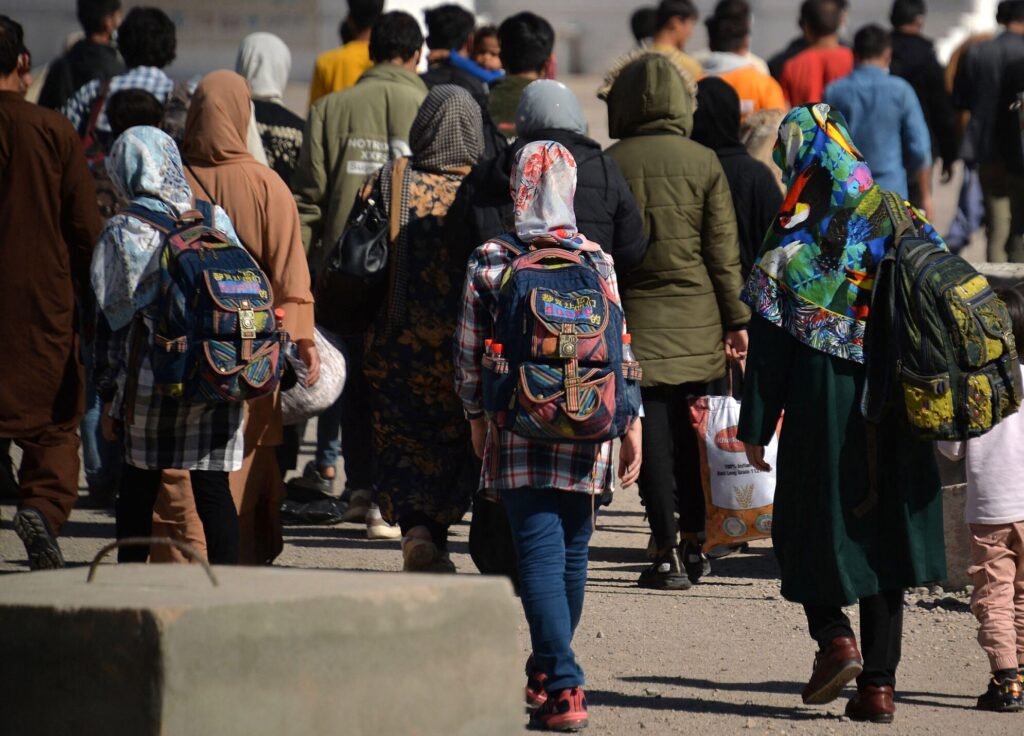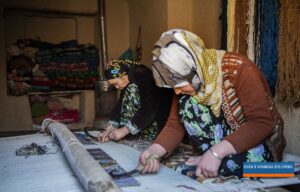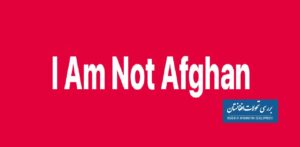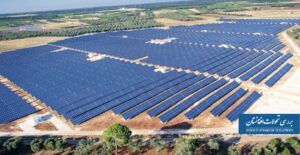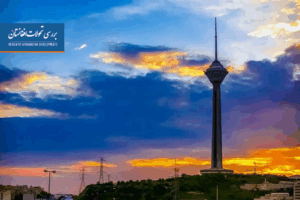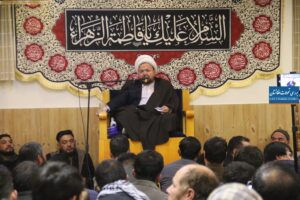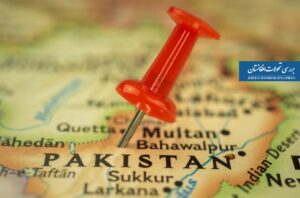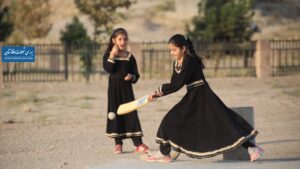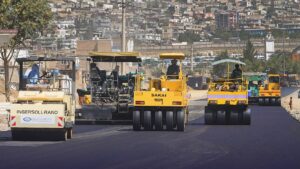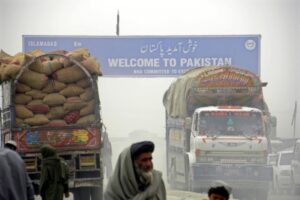Review of Afghanistan developments
Migration plays a crucial role in shaping both individual and collective identities. In the last forty years, millions of Afghans have migrated to neighboring countries, particularly Iran and Pakistan, as a result of war and poverty. Many of these returnees, particularly those from the second and third generations born in Iran and Pakistan, have developed a cultural and social identity distinct from that of Afghan society. This abrupt return to a nation grappling with economic turmoil and instability has created a clash between the identities and expectations of the migrants, especially the younger generations, and the prevailing identity and culture of Afghan society.
On the other hand, the conventional framework of Afghan society, particularly the vulnerable position of women and girls, presents a considerable obstacle. Consequently, the effective incorporation of migrants possessing intercultural identities into Afghan society necessitates comprehensive strategies; otherwise, the possibility of re-migration to a third nation or the development of various forms of discontent, isolation, future apprehension, and psychological difficulties for this group of returnees becomes plausible.
The process of identifying returned migrants
Human identity constitutes a social category that develops throughout the growth and maturation of individuals within society, independent of blood ties, race, skin color, and similar factors. Identity emerges as a result of the socialization process of the individual and the interactions between the individual and society. In this context, the children of first-generation returnees, who are born in the host country, assimilate the values of that country due to significant cultural exposure. Consequently, numerous facets of their existence, such as daily routines, ethical standards, familial connections, social traditions, gender roles, political ideologies, and various elements of their lifestyle, are shaped by the environment in which they were raised.
The personal experiences of returning migrants
The initial generation of Afghan immigrants residing in Iran, who carry a historical awareness of Afghanistan, have undergone a process of resocialization while preserving their connections and adhering to the values of their homeland. They have adapted to their surroundings, resulting in a lifestyle that has evolved into a blend of Afghan and Iranian influences over the years. In contrast, the second and third generations have developed either an intercultural identity or a distinctly Iranian one. Their proficiency in the Persian language, characterized by an Iranian accent, their enrollment in schools, their engagement with Iranian national media, and their interactions with the host society have led this demographic to mirror Iranian society in various aspects, including social behaviors, attire, body language, and even their worldview. It is important to acknowledge that the majority of individuals in this generation have minimal ties to Afghan society; they perceive themselves as having an identity shaped in Iran, accompanied by a sense of belonging, commitment, dependence, and attachment to Iranian culture and society. Furthermore, they exhibit a sense of loyalty and connection to the political system and national values of Iran, ultimately recognizing Iran as their homeland.
Nevertheless, in their lived experiences, they perceive a sense of belonging to Iranian society on one side, while simultaneously feeling that the host society regards them as outsiders on the other. This duality has resulted in a form of suspended identity for them; an identity that is neither entirely Afghan nor completely Iranian. They frequently characterize themselves with terms such as being on the border, rootless, or a second-class citizen. For numerous migrants, the notion of being Afghan is confined to the recollections of their parents and the stereotypes they have encountered in the media. They have had minimal direct engagement with the symbols, literature, traditions, and narratives of Afghanistan. Regardless of the identity document that specifies their ethnicity, this group of migrants has experienced socialization in Iran, and their identity does not align with the environmental realities of Afghanistan. Consequently, for these migrants, entering Afghanistan feels akin to stepping into an unfamiliar territory.
Afghan refugees residing in Pakistan have encountered a distinct yet comparable experience of identity suspension. In Pakistan, particularly in the border regions, numerous Afghan refugees have established themselves in designated camps and found themselves in a social environment where Urdu and Pashto are the predominant languages. The second and third generations of Afghan refugees have received their education in either religious or government institutions in Pakistan. Throughout this time, their identities have been influenced by three primary factors: religion, language, and the experience of exclusion, which makes integration into Pakistani society nearly impossible. This situation further contributes to the development of a more pronounced religious-ethnic identity among this group of refugees.
Challenges of return and integration of returning migrants
Cultural and linguistic alienation
Numerous returnees are familiar with the languages and cultures of the host society (such as Persian with an Iranian accent or Urdu) but lack knowledge of the native customs and traditions of Afghanistan, a situation that is particularly prevalent among returnees from Iran. These disparities in language, accent, and behavior obstruct mutual understanding and complicate their integration into Afghan society. On the other hand, a segment of the local population finds it challenging to accept returnees, leading to instances of cultural discrimination.
Social disapproval
In traditional Afghan society, returnees are occasionally perceived as having been influenced by Iranian or Pakistani cultures, or as lacking a sense of belonging. Such stigmas diminish the feeling of community and shared identity among returnees, potentially resulting in their isolation or decision to migrate again. This issue is especially concerning for the youth; they often struggle to identify a solid connection to Afghanistan and lack genuine memories of the society they came from, leading to an identity crisis.
Economic challenges
Afghanistan is presently experiencing significant unemployment and a shortage of job opportunities. The unexpected arrival of hundreds of thousands of migrants into the country, without proper coordination in the labor market, will exert further strain on an already fragile economy. Many returning migrants do not possess complete identity documents and encounter challenges in securing formal employment or accessing financial services. Additionally, they may lack the skills and expertise required by Afghan society, as well as robust connections with local communities. Consequently, their integration into the economic framework poses a substantial challenge, which is likely to exacerbate unemployment and poverty rates within this demographic, thereby heightening the risk of social unrest and dissatisfaction.
Gender restrictions
Among those returning, the circumstances for women are especially delicate. In Afghanistan, since the year 2021, stringent limitations on women’s education and employment have been enforced, resulting in significant anxiety for women aspiring to attain equal opportunities in their new country. The critical deficiency in women’s economic and educational involvement further intensifies this issue. Moreover, the entrenched patriarchal framework of Afghanistan itself presents a substantial obstacle for women who are coming back to Afghanistan.
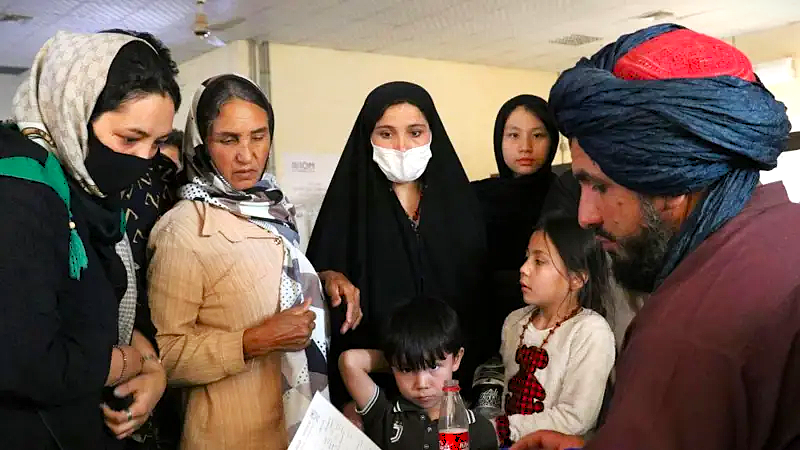
Lack of a sense of social belonging
Numerous returnees perceive that they are not regarded as Afghan citizens. This sense of alienation heightens the probability of experiencing depression, anxiety, and feelings of isolation within this demographic. It is evident that under these conditions, individuals may be compelled to migrate once more if suitable facilities or equitable opportunities are not made available.
Alienation of Afghan culture
The refugees have adapted to the cultures of Iran or Pakistan, resulting in a disconnection from the local traditions of Afghanistan. This disconnection leads to their cultural identity being perceived as incomplete by society. The absence of educational and cultural initiatives for the returnee group exacerbates the issue. To a certain degree, the diminished sense of social belonging among the returnees can be attributed to this deficiency in cultural readiness.
Pressure on infrastructure
The abrupt arrival of hundreds of thousands of returning refugees is putting pressure on Afghanistan’s social and urban frameworks. Cities are encountering deficits in housing, healthcare, and educational services. The insufficient availability of essential facilities may intensify feelings of resentment and foster ethnic and social rifts. Experts caution that without effective management, the relocation of these individuals from central regions could result in increased social instability.
Related articles
Identity Formation in Afghan Refugees in Iran
Afghan Immigration Literature: From Nostalgia to Identity Crisis
Strategies for incorporating returning migrants into new circumstances
The reintegration of second- and third-generation returnees is not merely a demographic or economic issue; rather, it is a complex process that necessitates an empathetic and progressive viewpoint. Failing to adopt such an approach may result in these groups not only failing to aid the nation’s development but potentially becoming a catalyst for cultural and social upheaval and heightened discontent. To address this situation, Afghanistan must equip itself not only to facilitate the return of its citizens but also to embrace and leverage their skills.
The process of integrating returnees in Afghanistan necessitates a dynamic and dialectical engagement among three essential parties: the host community, policy-making institutions, and the refugees themselves. The host community must be ready to embrace acceptance and cultural tolerance, while government institutions are responsible for establishing the necessary conditions for adaptation by developing supportive policies and offering economic, educational, and civic opportunities. Conversely, returnees are required to actively engage in the integration process and assume the role of social actors to move beyond the status of “other” and redefine a new identity within the Afghan context. The involvement of official and international institutions in the integration of Afghan returnees is vital.
To achieve successful integration, it is essential to adopt a holistic approach that encompasses the development of both technical and vocational skills, the provision of housing and social infrastructure, as well as psychosocial support and education for children. It is also crucial to reduce discrimination through awareness-raising initiatives and to foster a sense of national solidarity. Furthermore, enhancing the capacity of grassroots institutions, including associations and mosques, holds significant importance. Effective management of this process relies on continuous coordination among the government, international institutions, and civil society, ensuring that returnees are sustainably integrated into Afghan society and can contribute positively to the country’s reconstruction.
Nonetheless, Afghanistan’s ability to accommodate this varied population continues to encounter obstacles, including institutional fragility, limited resources, and cultural conflicts that may hinder the integration process. Consequently, the effectiveness of this process necessitates ongoing collaboration and coordination among these three aspects, along with a flexible redefinition of Afghanistan’s shared identity.
